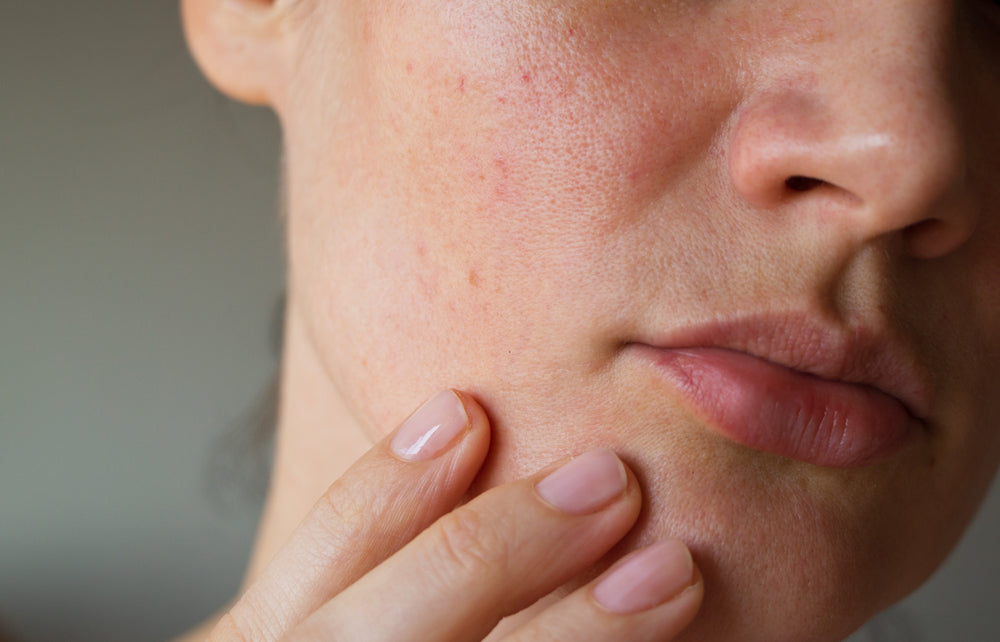What Order to Exfoliate Body for Gorgeous Skin?
As a beautician, understanding the **importance** of **exfoliation** is crucial for helping clients achieve that radiant and glowing skin they desire. One often-asked question in the beauty realm is, 'what order to exfoliate body?' The process of **exfoliating** is not just about scrubbing away dead skin; it involves a systematic approach that ensures the skin is treated effectively and safely. In this article, we will delve into the best practices of exfoliation, including the right order, products to use, and techniques that promise stunning results.
Before diving straight into the methods, its essential to grasp why **exfoliation** is a critical step in any skincare routine. Regular exfoliation helps in **removing dead skin cells**, facilitating **better absorption** of skincare products and enhancing skin texture. However, doing it the wrong way or in the incorrect order can lead to skin irritation or other adverse effects. Lets explore the right approach together.

The Basics of Exfoliation
Before discussing the order of exfoliation, lets cover the basics. **Exfoliation** can be categorized into two primary types: physical and chemical. Physical exfoliation involves the use of scrubs or tools like loofahs, while chemical exfoliation utilizes substances like alpha-hydroxy acids (AHAs) or beta-hydroxy acids (BHAs) to achieve that fresh skin glow.
Understanding your clients skin types, such as oily, dry, or sensitive, plays a pivotal role in deciding which exfoliation method and products to recommend. You can learn more about which is the best way to exfoliate by referring to this guide.
Step-by-Step: What Order to Exfoliate Body
Step 1: Cleanse
The first step in your exfoliation process is to **cleanse** the skin thoroughly. Use a gentle body wash suited to the client's skin type. A **clean canvas** allows exfoliating products to work more effectively. Make sure to rinse well to eliminate all soap residues.
Step 2: Physical Exfoliation
Next, if your client prefers a physical form of exfoliation, this is the time to use scrubs. Collect a modest amount of your chosen scrub and apply it in circular motions, focusing on areas prone to dryness, such as elbows and knees. This will not only remove dead skin cells but also hydrate and nourish the skin. After scrubbing, rinse off with warm water.
Step 3: Chemical Exfoliation
After the physical exfoliation, consider following up with a **chemical exfoliant**. Apply a product that contains AHAs or BHAs. These should be used sparingly, especially for clients with sensitive skin. The chemical action works by breaking down the bonds between dead skin cells, further revealing rejuvenated skin underneath. Rinse well and ensure the skin is adequately hydrated post-application.
Step 4: Hydrate
After exfoliating, the skin is more receptive to **hydration**. Apply a nourishing body lotion or oil to lock in moisture. Hydrating products with ingredients like hyaluronic acid or ceramides are ideal. This step is crucial as it helps to soothe and protect the freshly exfoliated skin, preventing any potential irritation.
Additional Tips for Effective Exfoliation
Know Your Clients Skin Types
As a beautician, understanding the unique needs of your clients is fundamental. Different skin types may require variable exfoliation processes. For instance, oily skin may benefit from more frequent exfoliation, while sensitive skin may require less abrasive methods. Adapt your recommendations accordingly.
Frequency is Key
Another crucial factor is the frequency of exfoliation. While many suggest **exfoliating** 1-2 times a week, individuals with particularly sensitive skin might only need to do so once every two weeks. Encourage your clients to listen to their skins needs, as over-exfoliating can lead to adverse effects. Check out details on how long to exfoliate by visiting this link.
Patch Test New Products
Advise your clients to always conduct a patch test when trying a new exfoliant, especially **chemical exfoliants**. This step helps in gauging the skin's reaction before proceeding further.
Post-Exfoliation Care
Once the exfoliation process is complete, its essential to give proper care to the skin. Client education on sun protection is critical, as exfoliating can make the skin more sensitive to UV rays. Make sure they apply at least a **broad-spectrum sunscreen** with SPF 30 to avoid sun damage.
Common Mistakes During Exfoliation
Over-exfoliating
Many individuals do not realize that more is not always better when it comes to exfoliation. Overdoing it can lead to irritation, dryness, and even a compromised skin barrier. Educate your clients about moderation to ensure lasting skin health.
Using the Wrong Products
Choosing the wrong exfoliation products for a clients specific skin type can lead to ineffective results or harm. Always personalize your recommendations based on the individual preferences and needs of your clients.
FAQs about Exfoliation
How often should I exfoliate my body?
It is typically recommended to exfoliate 1-2 times a week depending on your skin type. Sensitive skin may require less frequent exfoliation.
Can I use the same scrub for my face and body?
No, you should not use the same scrub. Facial skin is more delicate than body skin, and therefore requires a gentler approach.
Are there natural exfoliants I can use at home?
Absolutely! Natural ingredients like sugar, oatmeal, or coffee grounds can work effectively as DIY exfoliants. Find more insights on natural exfoliants here.

Conclusion
In conclusion, understanding what order to exfoliate body is vital for a successful skincare regimen. As a beautician, your role is to educate and guide your clients through the process while ensuring their unique skin needs are met. Keep your knowledge up to date to provide the best services, ensuring your clients leave with the radiant skin they deserve. For dangerous skin conditions or concerns, always advise seeking a professional dermatologist.

